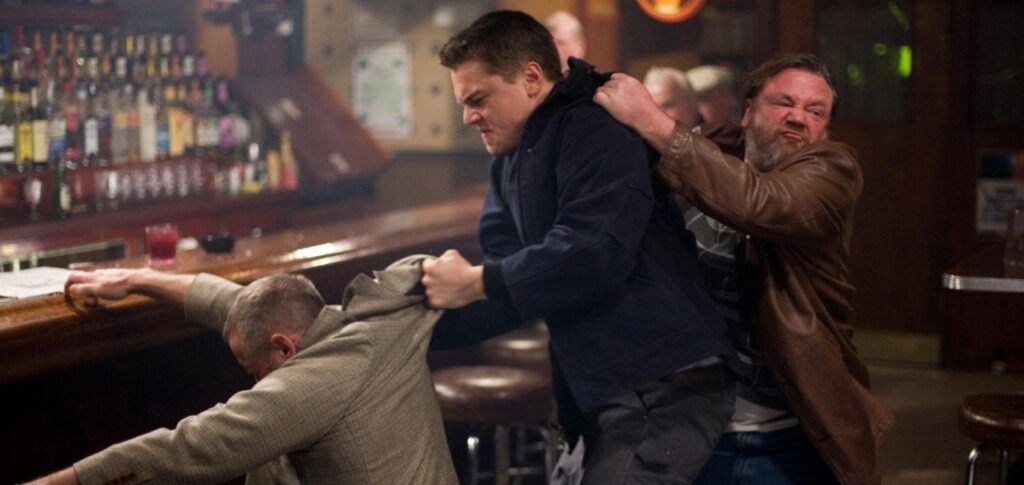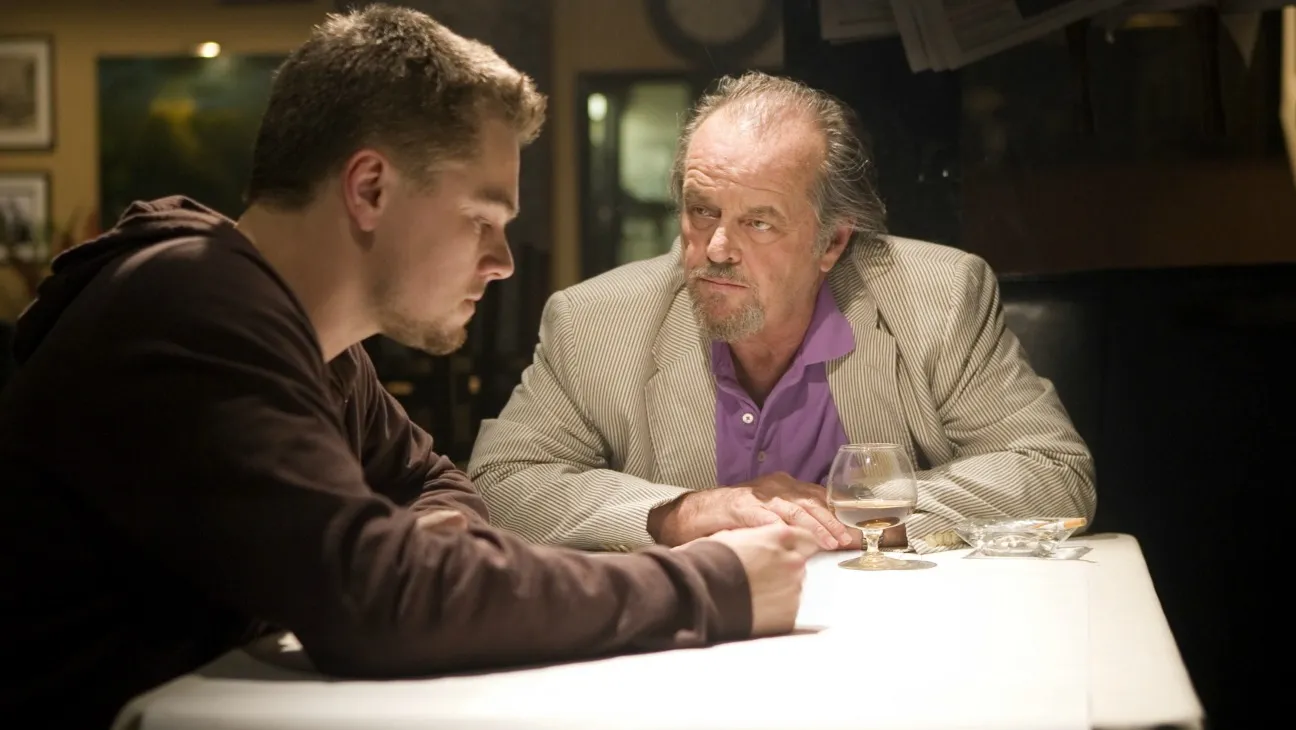Martin Scorsese’s 2006 crime thriller “The Departed” is a tour de force of filmmaking that cements the director’s status as one of cinema’s greatest talents. This gritty, Boston-set tale of cops, criminals, and divided loyalties delivers nail-biting suspense, stellar performances, and Scorsese’s trademark visual flair.
A Labyrinthine Plot of Deception
At its core, “The Departed” is a story of dual identities and dangerous secrets. Leonardo DiCaprio stars as Billy Costigan, a police officer who goes undercover to infiltrate the Irish mob led by the ruthless Frank Costello (Jack Nicholson). Meanwhile, Matt Damon plays Colin Sullivan, a criminal mole who has risen through police ranks as Costello’s inside man. As both sides realize there’s a rat in their midst, a deadly game of cat and mouse ensues.
Scorsese masterfully weaves this complex narrative, ratcheting up the tension as Billy and Colin circle ever closer to exposure. The script, adapted by William Monahan from the Hong Kong film “Infernal Affairs,” crackles with sharp dialogue and unexpected twists that keep viewers on the edge of their seats.
A Star-Studded Cast at the Top of Their Game
While the plot of “The Departed” is gripping, it’s the performances that truly elevate the film to classic status. DiCaprio brings a raw intensity to Billy, portraying the psychological toll of living a double life with haunting authenticity. Damon counters with a nuanced take on Colin, letting glimpses of guilt and fear peek through his facade of cool confidence.
Jack Nicholson steals every scene as the sociopathic Costello, chewing scenery with gleeful menace. The supporting cast is equally stellar, with standout turns from Mark Wahlberg as a foul-mouthed sergeant, Martin Sheen as a fatherly police captain, and Vera Farmiga as a psychiatrist caught between Billy and Colin.
Scorsese’s Virtuosic Direction
At 63 years old when “The Departed” was released, Martin Scorsese proves he’s lost none of his filmmaking prowess. His kinetic camera work and precise editing create a sense of constant momentum, while also allowing for moments of quiet tension. Scorsese’s use of music is characteristically brilliant, with the Rolling Stones’ “Gimme Shelter” serving as a perfect thematic backdrop.
The director’s eye for detail brings grimy, working-class Boston to vivid life. From smoke-filled bars to windswept rooftops, every location feels authentic and lived-in. This verisimilitude grounds the film’s more operatic moments, lending gravitas to the high-stakes drama.

Themes of Identity and Morality
“The Departed” is more than just a thrilling crime saga; it’s a meditation on the nature of identity and the blurry line between right and wrong. Both Billy and Colin are forced to question who they truly are as they sink deeper into their assumed roles. The film explores how environment and circumstance shape a person’s moral compass, with characters on both sides of the law wrestling with their choices.
Scorsese doesn’t offer easy answers, instead presenting a world of moral ambiguity where good and evil often overlap. This complexity elevates “The Departed” beyond typical genre fare, inviting multiple viewings and interpretations.
Technical Brilliance on Display
From a technical standpoint, “The Departed” is a masterclass in filmmaking. Cinematographer Michael Ballhaus captures Boston in moody, atmospheric shots that enhance the story’s noir-ish feel. Thelma Schoonmaker’s editing is characteristically sharp, maintaining clarity in even the most chaotic sequences.
The sound design deserves special mention, with gunshots that startle and a score by Howard Shore that subtly heightens the tension. Every technical element works in harmony to create a fully immersive viewing experience.




Leave a Reply